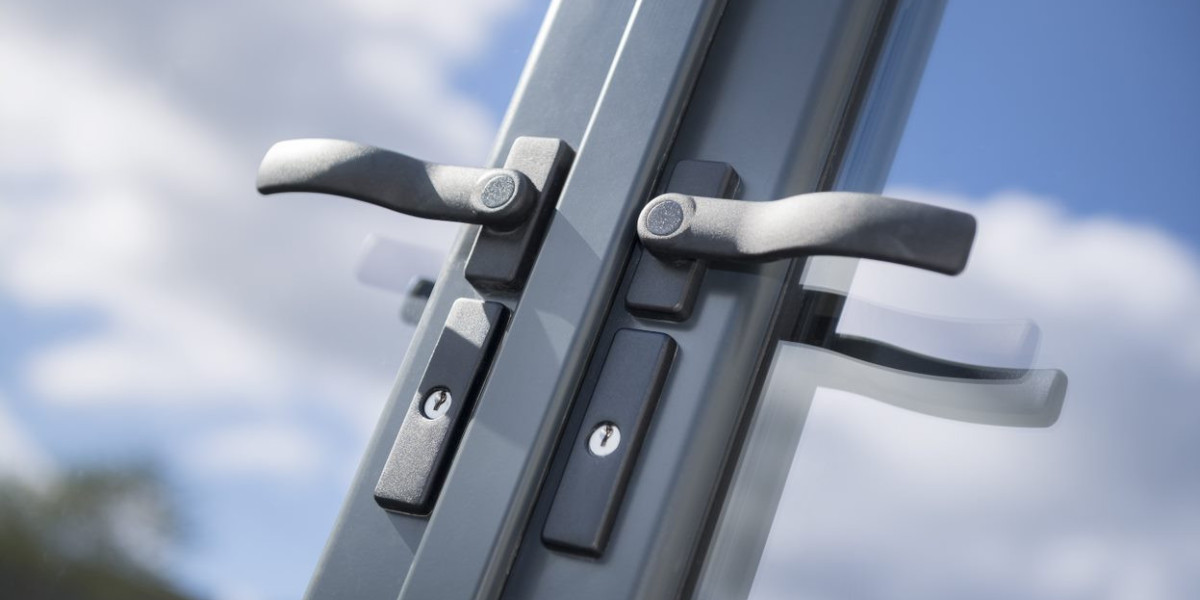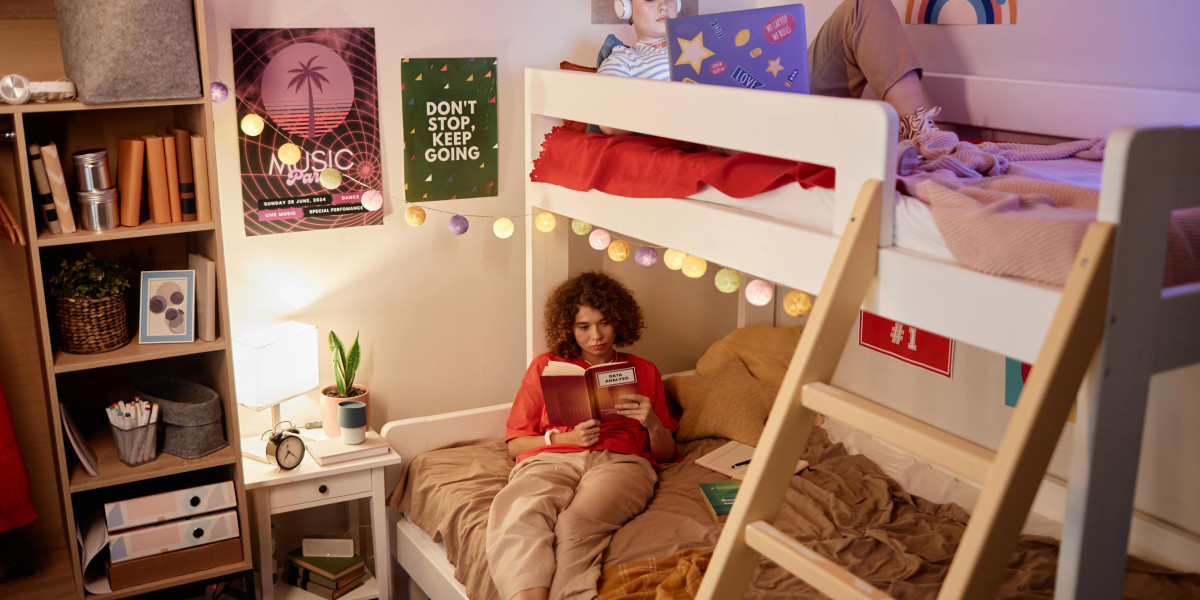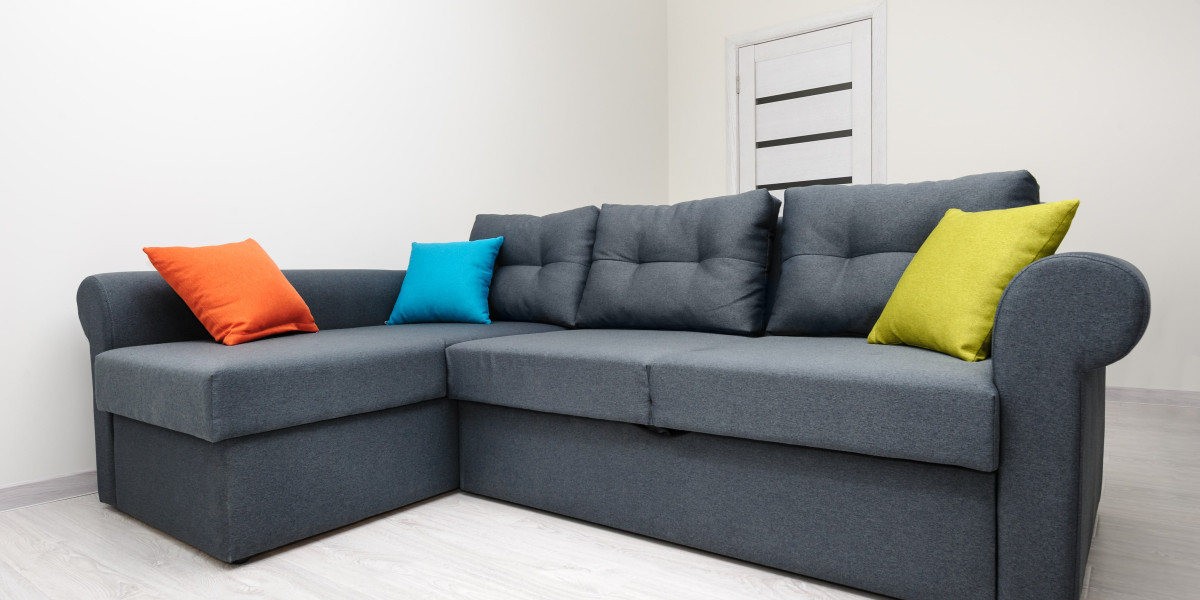
Unfolding Solutions: A Guide to Bifold Door Repairs
Bifold doors, with their concertina-like style, use a fantastic blend of space-saving functionality and visual appeal. Whether gracing a closet, dividing spaces, or opening up outdoor patios to the outdoors, these doors bring an unique touch to any space. Their capability to nicely fold away, taking full advantage of access and light, makes them a popular option in contemporary homes and industrial settings alike. However, like any moving component within a building, bifold doors are prone to use and tear in time. From small troubles like sticking or squeaking to more considerable issues like drooping or harmed panels, issues can occur that disrupt their smooth operation and interfere with their designated purpose.
Comprehending typical bifold door issues and understanding how to address them is essential for maintaining their functionality and longevity. This short article aims to be your comprehensive guide to bifold door repairs. We'll check out the typical offenders behind bifold door breakdowns, explore DIY repair possibilities, and go over when it's best to employ the specialists. By arming yourself with this knowledge, you can guarantee your bifold doors continue to run flawlessly and enhance your living or workplace for several years to come.
Typical Bifold Door Problems: Identifying the Issues
Before you can embark on any repairs, it's important to precisely identify the problem impacting your bifold doors. Recognizing the signs and comprehending their possible causes will streamline the repair procedure and prevent unnecessary work. Here are some of the most regularly come across problems with bifold doors:
Difficulty Opening or Closing: This is possibly the most typical grievance. The door might feel stiff, resist movement, or get stuck at certain points along its track. This can frequently originate from several factors, including:
- Dirty or Obstructed Tracks: Dust, debris, and even little objects can accumulate in the tracks, preventing the smooth slide of the rollers.
- Dry or Damaged Rollers: Rollers are crucial for the uncomplicated movement of bifold doors. Absence of lubrication, wear and tear, or damage can trigger them to stick or grind.
- Misalignment: If the door panels or track are misaligned, the doors might bind and have a hard time to open or close properly.
- Blockages within the Doorway: Sometimes, the issue isn't with the door itself but with something blocking its course, like a rug that has actually moved or products placed too close to the opening.
Drooping Doors: Over time, bifold doors can start to droop, making them tough to operate and potentially causing them to scrape along the floor or frame. This sagging is typically attributable to:
- Loose Hinges: Hinges are vital for supporting the weight of the door panels. Loose hinges can cause sagging and misalignment.
- Insufficient Support: If the door frame or track isn't providing adequate assistance, the weight of the doors can cause them to sag.
- Door Weight: In some cases, the doors themselves might be too heavy for the hardware, especially if they are solid core or made from heavier materials.
Harmed Panels: Bifold door panels, especially those made from thinner materials like hollow-core wood or MDF, can be vulnerable to damage:
- Cracks and Dents: Impacts or unintentional force can result in cracks or damages in the panels.
- Water Damage: In locations susceptible to moisture, or in restrooms, panels can warp or swell due to water ingress.
- Surface area Damage: Scratches, chips, or peeling veneer can interfere with the door's appearance.
Hardware Issues: The various hardware elements of bifold doors are essential for their function. Problems with these can lead to functional problems:
- Loose or Broken Hinges: As mentioned, loose hinges add to drooping, and damaged hinges can render the door unusable.
- Faulty Handles or Latches: Broken handles or latches can make it difficult to open, close, or protect the doors.
- Damaged Pivot Points: The pivot points where the doors fold are crucial for smooth movement. Damage or wear here can trigger tightness and sticking.
Track Problems: The track is the structure upon which the bifold doors operate. Issues here will straight affect door function:
- Bent or Damaged Track: Accidental effects or settling of the structure can flex or damage the track, impeding roller motion.
- Misaligned Track: If the track is not effectively set up or has moved, the doors will not run efficiently.
Spaces and Draughts: Bifold doors are created to close fairly comfortably. Gaps or draughts show an issue:
- Misalignment: Misaligned panels may not meet correctly, producing spaces.
- Worn Weather Stripping: Weather stripping around the door boundary helps seal gaps. If harmed or worn, it will fail to offer an appropriate seal, resulting in draughts and possibly increased sound.
Noise Issues: Bifold doors need to operate relatively silently. Squeaking, grinding, or rattling noises suggest friction or loose components:

- Dry Rollers or Hinges: Lack of lubrication in rollers or hinges typically leads to squeaking or grinding sounds.
- Loose Hardware: Loose screws or other hardware can trigger rattling sounds when the doors are moved.
DIY vs. Professional Repair: Choosing the Right Approach
Once you've identified the problem, the next action is to choose whether you can take on the repair yourself or if it's best to hire a professional. The choice typically depends upon numerous factors:
DIY Repairs - Pros and Cons:
Pros:
- Cost-Effective: DIY repairs can save you money on labor costs, frequently requiring just the cost of replacement parts or basic tools you might already own.
- Benefit: You can typically deal with minor repairs at your own rate and schedule, without waiting for a specialist consultation.
- Learning Experience: DIY repairs can be a valuable knowing experience and give you a higher understanding of how your bifold door repair assessment doors work.
Cons:
- Time Commitment: DIY repairs can be time-consuming, especially if you are not familiar with the procedure.
- Possible for Mistakes: Incorrect repairs can get worse the issue and even damage the doors even more, possibly leading to more pricey professional intervention later on.
- Tool Requirements: Certain repairs may need specialized tools that you may not have.
- Safety Concerns: Repairs involving ladders, heavy doors, or power tools can posture safety threats if not dealt with correctly.
Professional Repairs - Pros and Cons:
Pros:
- Expertise and Experience: Professionals have the knowledge and experience to accurately diagnose and effectively repair a wide variety of bifold door problems.
- Performance: Professionals can typically finish repairs rapidly and efficiently, lessening interruption.
- Warranties and Warranties: Reputable specialists frequently offer assurances or warranties on their work, providing peace of mind.
- Specialized Tools and Parts: Professionals have actually access to specialized tools and a wider series of replacement parts if required.
Cons:
- Higher Cost: Professional repairs will undoubtedly be more pricey due to labor expenses and possible call-out costs.
- Arranging Inconvenience: You may need to set up a visit and await a professional to appear.
When to DIY vs. When to Call a Pro:
DIY Suitable For:
- Simple tasks like cleaning tracks and rollers.
- Lubing hinges and rollers.
- Tightening loose screws.
- Replacing easily accessible and standard hardware parts (rollers, deals with).
- Minor cosmetic repairs like touching up paint or filling little damages.
Professional Recommended For:
- Complex issues like door or track misalignment that require exact modifications.
- Drooping door issues that might involve structural support or hinge replacements.
- Replacement of whole panels or doors, particularly if they are bespoke or need accurate fitting.
- Repairs including damage to the frame or structural components.
- Any Repair My Windows And Doors that feels beyond your skill level or comfort zone, especially those involving safety issues.
Step-by-Step Repair Guides for Common Issues
While some repairs need expert expertise, many typical bifold door hinge adjustment door problems can be resolved with a little DIY knowledge. Here are step-by-step guides for taking on some of the most regular issues:
1. Addressing Sticking or Difficult Opening/Closing:
* ** Step 1: Inspect and Clean the Tracks. **.* Use a vacuum cleaner with a crevice tool or a brush to thoroughly clean up the leading and bottom tracks of any dust, particles, or obstructions.* ** Step 2: Lubricate Rollers and Tracks. **.* Apply a silicone-based lubricant to the rollers and along the tracks. Prevent oil-based lubricants, as they can attract dust.* Operate the doors numerous times to disperse the lube evenly.* ** Step 3: Inspect Rollers for Damage. **.* Visually check each roller for fractures, chips, or excessive wear.* If rollers are harmed, they will need to be replaced (see hardware replacement section listed below).* ** Step 4: Check for Obstructions. **.* Ensure absolutely nothing is physically obstructing the door's path, inside or outside the doorway.2. Replacing Worn or Damaged Rollers:
* ** Step 1: Identify Roller Type and Size. **.* Carefully get rid of a sample roller to identify the type (e.g., top-hung, bottom-roller) and its measurements.* ** Step 2: Purchase Replacement Rollers. **.* Visit a hardware store or online supplier to buy matching replacement rollers.* ** Step 3: Remove Old Rollers. **.* Depending on the style, you might require to loosen or unclip the old rollers. Describe your door's setup directions if readily available.* ** Step 4: Install New Rollers. **.* Carefully insert and secure the new rollers in place, ensuring they are appropriately lined up and move easily.* ** Step 5: Test Door Operation. **.* Gently operate the doors to check if the new rollers have actually fixed the sticking problem. Lube as needed.3. Tightening Loose Hinges:
* ** Step 1: Identify Loose Hinges. **.* Visually inspect all hinges connecting the door panels for looseness or motion.* ** Step 2: Tighten Screws. **.* Use a screwdriver of the correct size to carefully tighten up any loose screws on the hinges.* Avoid over-tightening, which can remove the screw holes.* ** Step 3: Consider Longer Screws (if needed). **.* If screws continually loosen, it might be required to replace them with a little longer screws to get a better grip in the door frame or panel.* ** Step 4: Test Door Operation. **.* Check if tightening the hinges has enhanced door positioning and decreased sagging.Preventive Maintenance: Keeping Your Bifold Doors in Top Shape
Regular upkeep is crucial to avoiding lots of bifold door problems and extending their life-span. Including these easy upkeep practices can save you money and time in the long run:
- Regular Cleaning: Clean the tracks and door panels regularly (at least month-to-month, or more regularly in dirty environments) to prevent debris accumulation.
- Lubrication: Lubricate rollers and hinges with silicone lubricant every couple of months to ensure smooth and peaceful operation.
- Hardware Checks: Periodically examine all screws and hardware parts for tightness and tighten up as required.
- Visual Inspections: Regularly inspect doors for indications of damage, wear, or misalignment. Address small concerns without delay before they intensify.
- Gentle Operation: Avoid slamming or forcing the doors, as this can damage hardware and cause misalignment.
Expense Considerations for Bifold Door Repair
The expense of bifold door repair can vary commonly depending on the nature of the issue, whether you DIY or work with an expert, and the expense of parts.
Do It Yourself Repair Costs:
- Primarily material costs, consisting of:
- Replacement rollers, hinges, handles: Prices vary from a few dollars for specific components to sets costing ₤ 20- ₤ 50 or more.
- Lubricant, cleaning products: Relatively affordable.
- Tools (if you require to buy any): Basic screwdrivers are low-cost; specialized tools may contribute to the expense.
Expert Repair Costs:
- Include labor expenses in addition to parts.
- Per hour rates for handymen or door repair experts can vary from ₤ 50 to ₤ 100 or more, depending on area and complexity.
- Call-out costs may use.
- More complex repairs (e.g., panel replacement, substantial adjustment) will naturally be more expensive.
Elements Influencing Repair Costs:
- Complexity of the Problem: Simple repairs like cleansing and lubrication will be the least expensive. Significant repairs or replacements will be more expensive.
- DIY vs. Professional: DIY is usually cheaper for fundamental repairs.
- Parts and Materials: The cost of replacement parts will vary depending upon the type and quality.
- Area: Labor expenses can vary based on your geographical location.
- Emergency Repairs: Emergency or after-hours repairs may sustain surcharges.
Bifold doors are an important asset to any residential or commercial property, using performance and style. By comprehending typical problems, understanding when to DIY and when to look for professional assistance, and practicing regular maintenance, you can keep your bifold doors running efficiently and looking their best for many years to come. Dealing with minor issues quickly is constantly better than ignoring them up until they end up being major, more pricey headaches. Put in the time to understand your bifold doors, and they will continue to unfold convenience and beauty in your area.
FAQs: Bifold Door Repair
Q: How do I understand if I can DIY a bifold door repair or if I need to call an expert?
A: Start by examining the issue. If it's a basic concern like sticking doors that might be resolved with cleaning and lubrication, or changing a visible and easily accessible roller or handle, DIY might be ideal. If the problem is structural, involves misalignment, panel replacement, or anything that feels beyond your skill level, it's certainly best to call an expert. Consider your comfort level with DIY jobs and focus on safety.
Q: How much does bifold door repair generally cost?
A: DIY repairs can cost just a few dollars for lubricant or replacement rollers. Professional repairs can vary from ₤ 50 to numerous hundred dollars depending on the intricacy of the concern, labor rates, and parts needed. Get quotes from several experts for larger repairs to compare expenses.
Q: What tools are generally required for standard bifold door repairs?
A: For a lot of fundamental repairs, you'll need:
- Screwdrivers (Phillips and flathead in different sizes)
- Vacuum cleaner with crevice tool
- Brush or toothbrush (for cleaning up tracks)
- Silicone-based lubricant
- Possibly pliers or wrenches, depending upon hardware.
- Safety glasses and gloves are always recommended.
Q: How often should I lube my bifold doors?
A: It's normally suggested to oil rollers and hinges every 3-6 months, or more frequently if you discover any squeaking, sticking, or stiffness in operation.
Q: Can I replace a bifold door panel myself?
A: Replacing a single sliding bifold door repair door panel can be complex, particularly if it needs exact matching of size, design, and hardware. It might be DIY-able if you are comfortable with woodworking and have the needed tools and abilities. However, it's typically suggested to look for expert assistance for panel replacements, especially if the doors are customized or need exact fitting within the track system. Experts can also ensure correct alignment and prevent further problems after panel replacement.



